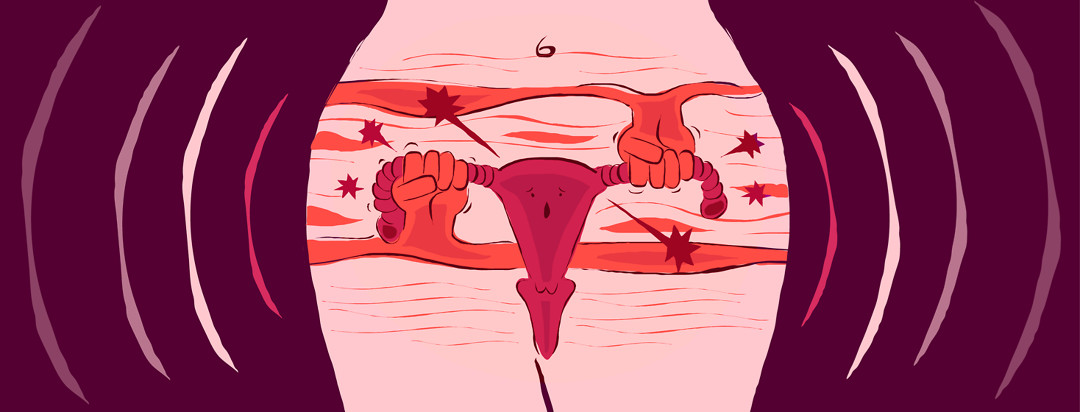Pelvic Floor Dysfunction and Its Connection to Endo
In a prior post, I talked about the role of central sensitization in the development of chronic pelvic pain (CPP) in women with endo. I only made a passing reference to pelvic floor therapy, because I thought it and what it usually treats - pelvic floor dysfunction (PFD) - was a topic deserving of its own post.
What is the pelvic floor?
Our pelvic floors are home to a group of muscles that need to contract and relax in order to function- whether that be to defecate, urinate, have sex, or give birth. Unfortunately, these muscles can develop dysfunction, meaning they do not relax or tighten at the appropriate times. So, they have problems either relaxing or become too weak to do their job properly.
The consequences of pelvic floor dysfunction
Though both men and women can suffer from PFD, women are significantly more prone to it, probably due to the nature of our reproductive anatomy. When pelvic floor muscles are dysfunctional, it can lead to a wide range of issues, including painful sex, intestinal problems like constipation and diarrhea, urinary incontinence (or problems passing urine), and abdominal pain.1 It seems women with endometriosis are somewhat more susceptible to having and/or developing PFD than those without it. This might be due to the trauma and strain endometrial implants might put on pelvic organs.
My experiences
I was first diagnosed with PFD at the end of 2007. I had been experiencing frequency and urgency with urination and even occasional leakage when I did certain things like sneezed, laughed out loud or bent over.
At first, a doctor I visited told me my pelvic floor was too weak and suggested I do 50 Kegels a day and sent me on my way. That regimen, unfortunately, made everything much worse, to the point where I was full-out wetting myself. I sought a second opinion with a well-known uro-gynecologist. She gave me more thorough diagnostic testing, such as a cystoscopy and urodynamics testing. She saw my bladder was in a constant state of spasm and noted my pelvic floor was extremely tight. So, instead of emphasizing strengthening, she sent me to a program that focused on retraining my pelvic muscles to relax. Pelvic floor physical therapy was very helpful for me and not only resulted in relief from much of my bladder-related symptoms, but also my IBS and the general pelvic pain I had come to automatically assume was related to endo.
Looking at the research
My anecdotal experience has some back-up from science... The National Institutes of Health co-sponsored a recent study that indicated that a myofascial source (that is, a pain in the muscles and fascia of the pelvis) "may contribute to endometriosis-associated CPP even after hormonal and surgical treatment has been undertaken".2 As such, more doctors are looking into pain management options for endo that target myofascial pain. It noted that one study found that physical therapy focused on treating this kind of pain in endo sufferers can benefit approximately 63% of patients who seek it out.2
In considering a hysterectomy as treatment for my adenomyosis, I spoke with dozen women who already have had hysterectomies, several of whom underwent a program of pelvic floor therapy some months later and benefited from it enormously. So, it's something I will be keeping in my back pocket should I experience enduring or worsening chronic pelvic after I have surgery.
For those of us with endo who continue to experience chronic pelvic pain even after exploring (or perhaps even exhausting) surgery and hormonal treatments, pelvic floor therapy and myofascial release may be other options to look into.

Join the conversation